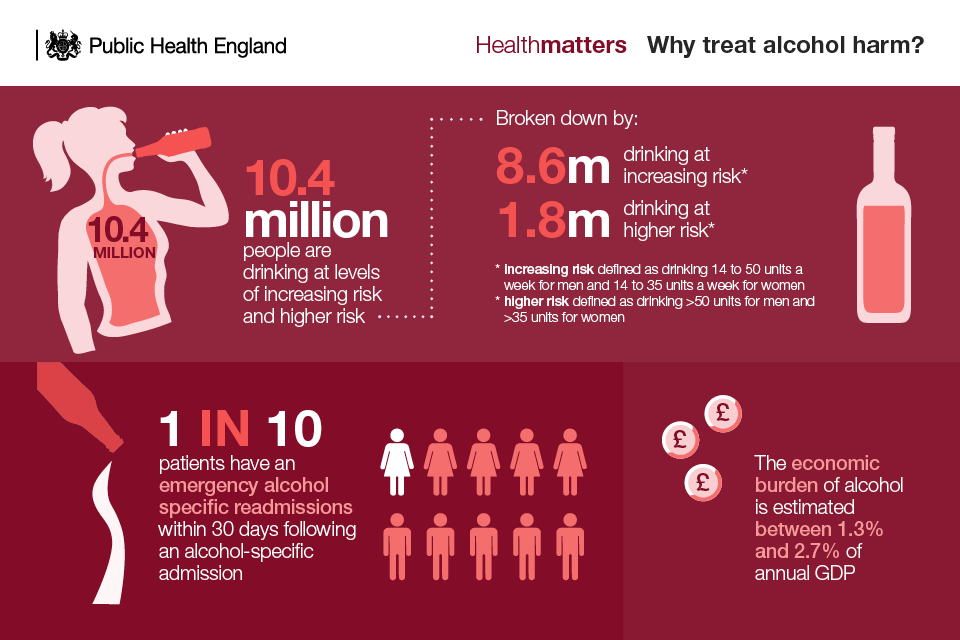
This Mouth Cancer Action Month, we look at the ways dental health teams can help their patients to reduce their mouth cancer risk.
Mouth cancers can arise from any area in the mouth including the lips, tongue, gums, cheeks, roof of the mouth, tonsils and the salivary glands.
While not as well-known as some other cancers, it can be just as devastating - but with around 91% of diagnoses linked to lifestyle factors such as tobacco use, alcohol consumption and diet, it is largely preventable. Other risk factors include exposure to sunlight and human papilloma virus (HPV) infection.
The incidence of oral cancer in the UK has risen by a third in the last decade - in 2015, there were 7,355 newly diagnosed cases. The majority of cases occur in older people; however mouth cancer is starting to increase in younger adults.
In recent years, the proportion of females developing mouth cancer has also increased, which may be linked to lifestyle.
Dental teams see over 61% of the adult population; they clearly play a huge role in preventing and treating poor oral health through preventive advice. They can also help patients through early identification of mouth cancer and onward referral.
Alcohol
Alcohol use increases your risk of mouth cancer – even more so if you smoke, with the combined effects of tobacco and alcohol accounting for around three quarters of cases. Heavy drinkers and smokers are 38 times more likely to develop the disease.
In England, 10.4 million people consume alcohol at levels above the UK Chief Medical Officers’ low-risk guideline (no more than 14 units of alcohol per week, for both men and women) and increase their risk of alcohol-related ill health.

PHE has developed a dedicated e-learning resource to provide dental teams with the knowledge and skills to deliver ‘simple brief advice’ on alcohol consumption to their patients.
The ‘Alcohol misuse and oral health’ chapter in Delivering Better Oral Health also advises dental teams how to use the AUDIT-C model to identify alcohol misuse, offer brief advice and signpost or refer to support services.
Tobacco
The most serious oral condition associated with smoking and tobacco use is oral cancer and pre-cancers, though it can also cause an increase of periodontitis (gum disease) and impaired wound healing.
Smokers are 7 to 10 times more likely to develop mouth cancer than non-smokers, and in long-term regular users of smokeless tobacco this risk is more than 11 times that of non-users. However it’s never too late to make a difference and ex-smokers can reduce their risk of developing cancer. Local Stop Smoking Services can provide expert advice, support and encouragement to help people quit for good.
Smokeless tobacco products, such as chewing tobacco, are also harmful and can increase your risk of mouth cancer.
There is a myth that smoking hookah, also known as ‘shisha’ or ‘waterpipe’, is safer than smoking cigarettes. Recent studies have shown that hookah smokers actually inhale more nicotine than cigarette smokers due to the large amounts of smoke they breathe in – this makes it far more dangerous than cigarette smoking.
The following list gives the common names for some of the widely used products containing tobacco:
- Waterpipe, Sheesha, Hookah, Hubble–bubble – tobacco and flavourings
- Zarda – tobacco often added to paan
- Gutkha – processed tobacco with added sweeteners
- Scented chewing tobacco – tobacco with added flavours
- Naswar, Niswar – tobacco, slaked lime, indigo, cardamom, oil, menthol, water
- Chillam – heated tobacco
- Paan with tobacco added – tobacco, areca nuts, slaked lime, betel leaf
- Snuff – powdered/ground tobacco
- Khaini – tobacco, slaked lime paste, sometimes areca nut
Dental teams have a key role in identifying tobacco users and providing very brief advice (VBA), as well as referring to local Stop Smoking services. The National Centre for Smoking Cessation and Training (NCSCT) has developed a simple form designed to be used in less than 30 seconds, following the ASK, ADVISE, ACT model. More information is available from the ‘Smoking and tobacco use’ chapter in Delivering Better Oral Health.
Diet
Healthier eating advice should routinely be given to patients to promote good oral and general health. As well as helping to prevent tooth decay, a healthy balanced diet can reduce the risk of developing mouth cancer, as well as heart disease and type 2 diabetes.
The Eatwell Guide shows how much of what we eat overall should come from each food group to achieve a healthy, balanced diet. It gives simple guidance around basing meals on starchy carbohydrates and aiming for at least five portions of a variety of fruit and vegetables every day. The ‘Healthier eating advice’ chapter of Delivering Better Oral Health gives practical advice on encouraging healthier diets.
Many patients may not realise that a healthy mouth and a healthy lifestyle go hand in hand. While we know many are already doing so, we need every dental team to play a role in supporting lifestyle changes that help improve both our oral and general health.
Get more information on oral health here.
